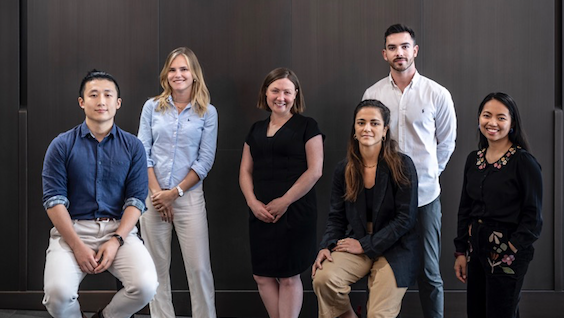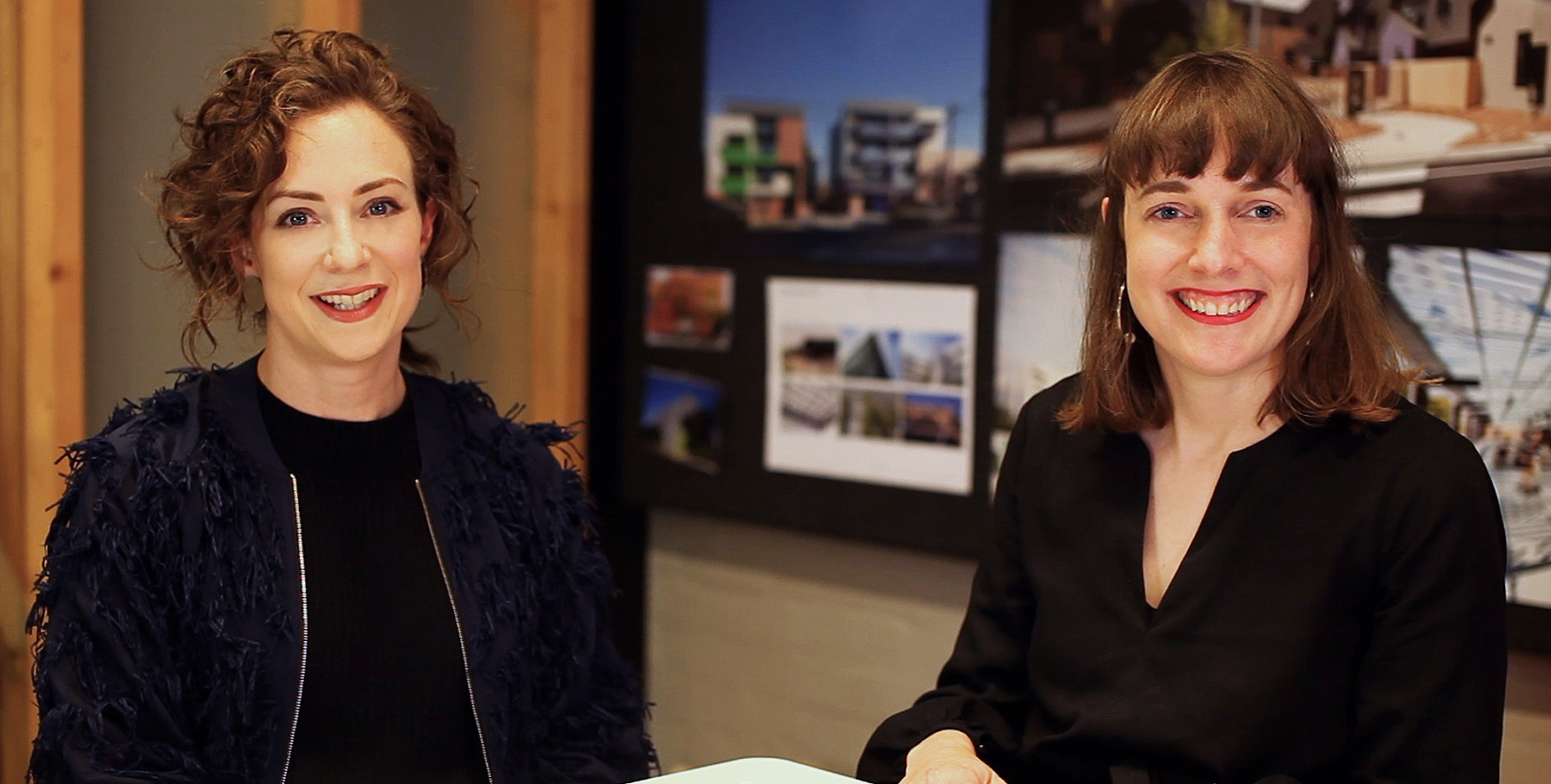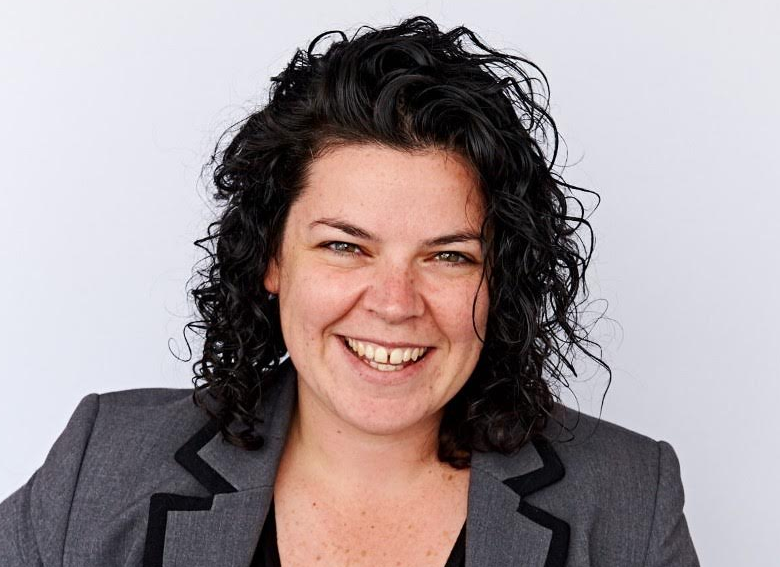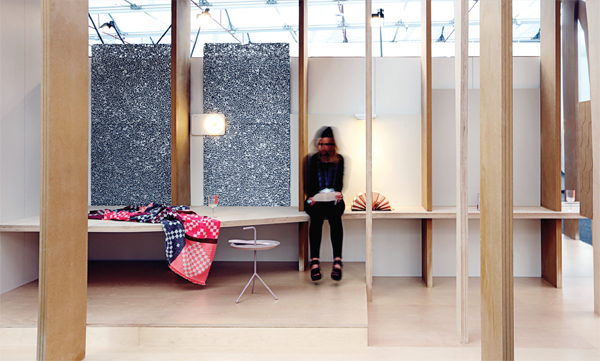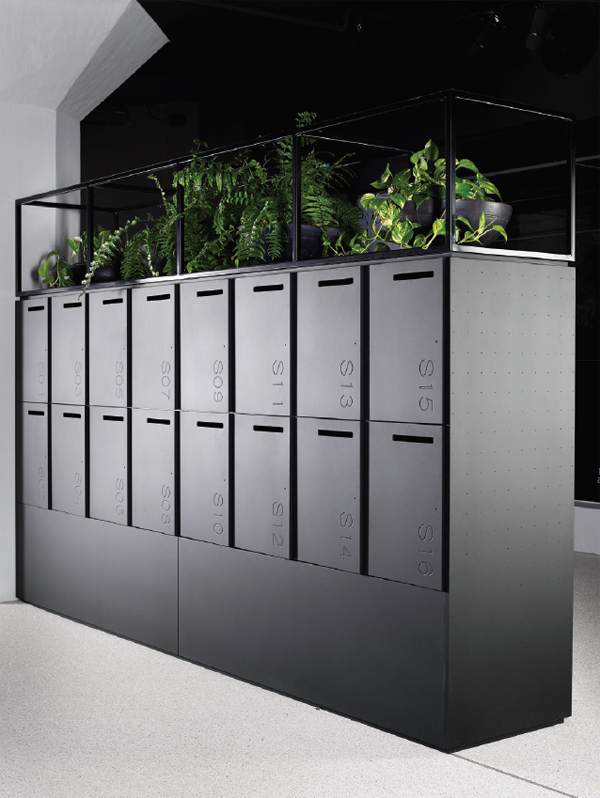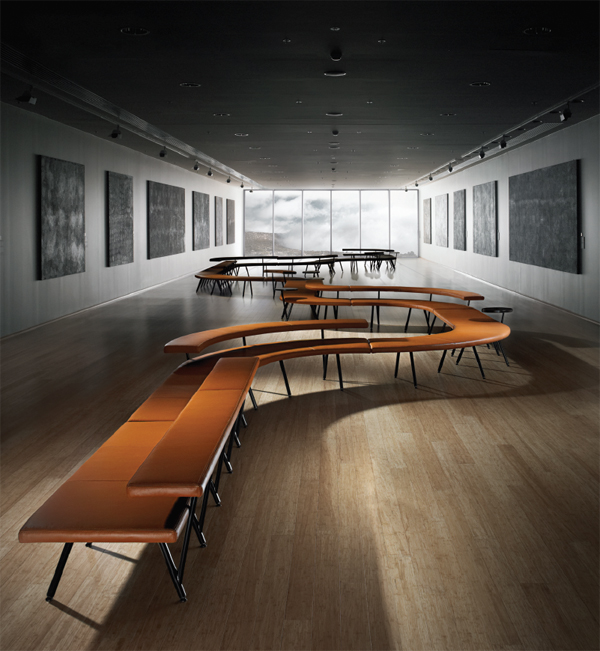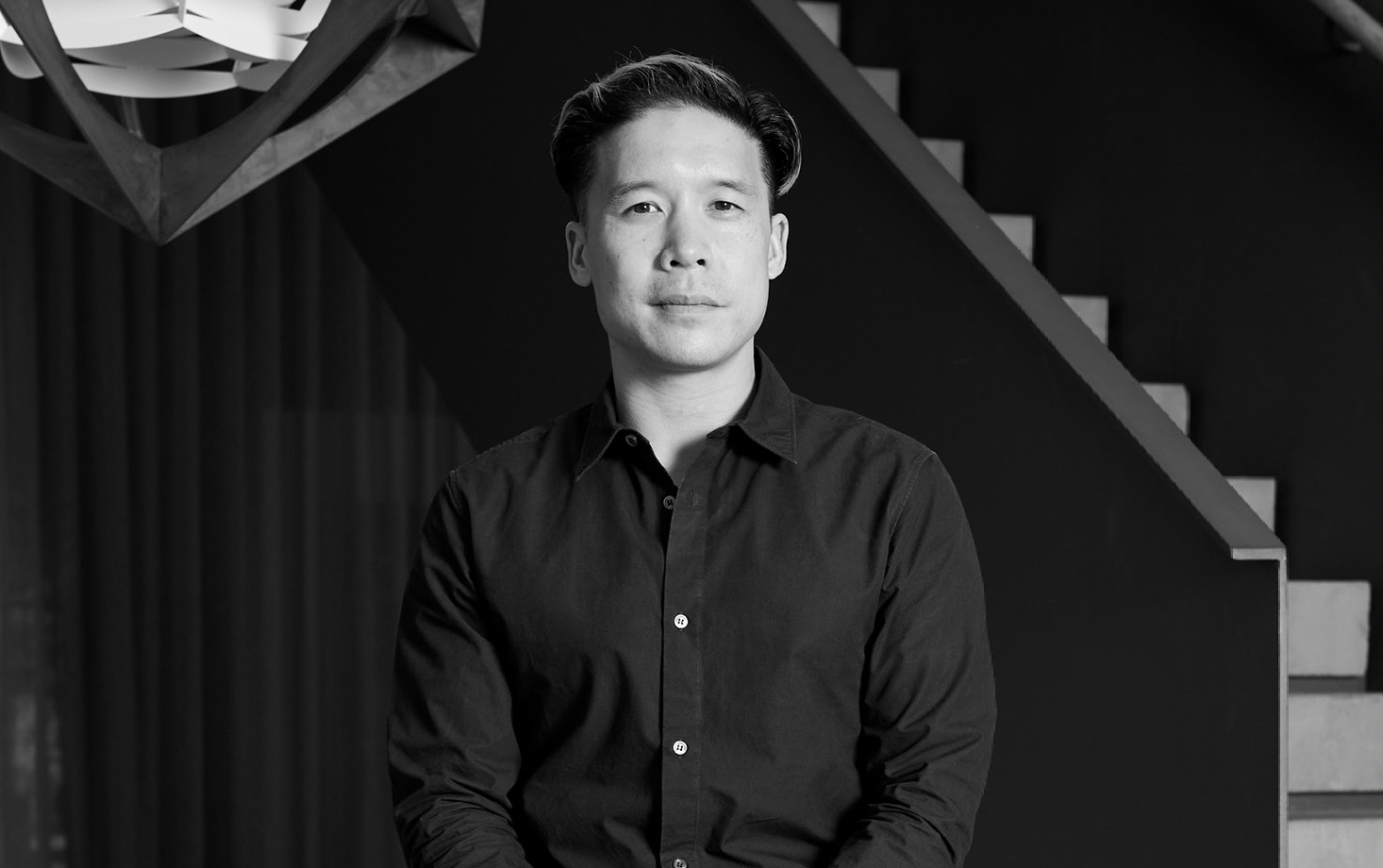
The changing face of our workplace
The changing face of our workplace
Share
Above image: Valmont’s interior for Pacific Brands Burwood, Photo by Chris Walters.
A global shift in how the workplace environment functions is being driven by an emergent workforce that demands flexibility, comfort and embedded technology. Where once these demands would have been ignored as irrelevant to the bottom line, employers are now recognising the need to not only keep their employees happy, and that a holistic approach to the workplace garners a more productive return.
According to the Deloitte Millennial (Generation Y) Survey, 75 percent of the workforce will be Millennials by 2025 and “Across the globe 70 percent of tomorrow’s future leaders might ‘reject’ what business as traditionally organisational has to offer, preferring to work independently by digital means in the long-term”. Forbes journalist Josh Bersin compounds this with his analysis of the survey to state that nearly 50 percent of those studied are already in leadership positions, and “most companies are discovering that supporting and retaining this talent requires a new way of doing business”. Indeed, Deloitte’s third annual study of this key group identifies them as ethical, disappointed in government, socially active and out to change the world. They also believe “the biggest barrier to innovation is management’s attitude”.
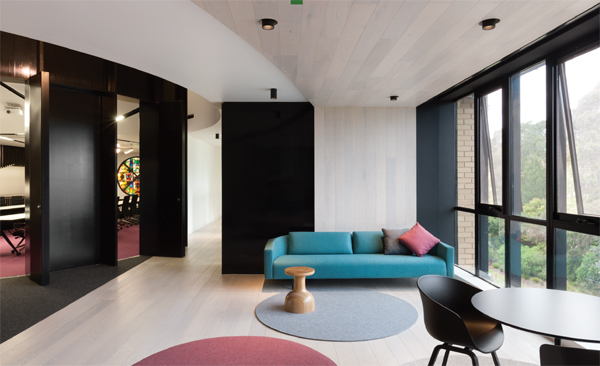
DesignInc interior, La Trobe University Chancellery, featuring Royal Oak Floorings Danish White American oak. Photo Dianna Snape.
Effectively, the traditional workplace is in for another exponential shift. As with the advent of open plan in the 1950s, the following decade’s Bürolandschaft (office landscape) of the Quickborner consultants (its Osram Munich office of 1965 is not that dissimilar to current trends) and the 1996 Veldhoen + Company development of activity-based working (ABW), our workplace continues to evolve. Staggeringly, ABW is now close to 10 years old. Hot-desking has arguably gained the most traction as the most talked-up term since, but essentially this is just a side arm of ABW, along with productivity-based, home-based, co-working, share-space and agile.
Where the interesting evolutions lie is in the facilitation of individual solutions that are intuitive rather than prescribed. Interior design studio futurespace has been at the forefront of this area since 2001. Not resting on its laurels, futurespace continues to observe and analyse change. “Co-working and agile working have already begun to change the landscape of what we understand as ‘the workplace’,” says futurespace managing director, Angela Ferguson. “As traditional environments for working, learning and living start to dismantle due to the evolution of technology, more emphasis will be placed on individual preferences.” In keeping with this approach, a ‘Workopolis’ display across 60 square metres that “explores the integration of production and play; and how people will create physical and cognitive space within a borderless 24/7 society” was developed as a user-friendly, give it a try, platform for designEX 2014. Importantly, ‘Workopolis’ directly responds to a changing mindset, as futurespace design director Gavin Harris explains: “Workopolis explores a future workplace where technology and space support an integrated work/life balance and the customisation of everything that surrounds us.”
Stylecraft is another company at the vanguard with a remarkable dedicated workspace platform: Inhabit. Moving its showroom to the lower floor of its Sydney headquarters, Stylecraft has transformed the top floor to showcase different workplace approaches. Rather than create a scenario that calls on the imagination, it has embedded technology tantamount to an exemplar high tech workplace.
Accordingly, clients and interiors designers are able to experience adaptive workspaces firsthand. The beauty, however, lies in how they go about this. Rather than entering a ‘show and tell’ environment, clients are invited to use Inhabit as a remote location. Lockers, a concierge, automated bookings for meeting and private rooms, café and kitchen areas present a microcosm of an extremely adaptive environment. “A desire for productivity and efficiency at any given time with any given task stems from advances in wireless connectivity, smart technology and social networking. Providing flexibility and encouraging collaboration, the contemporary workplace is zoned to accommodate a variety of user environments through the provision for learning, meeting and focus areas,” says national sales manager Asher Frankel.
He explains that for those showing a reluctance to embrace change, the experience can, while daunting at first, be the positive decider in an overall office change. Inhabit is so successful that clients now book the space for meetings. It also allows Stylecraft to appraise new furniture and systems. Just as importantly, Inhabit facilitates Stylecraft’s experiments with concepts such as the executive office. Antiquated and largely redundant, the concept of a dedicated director or CEO office equates to the best space in the building being largely empty (out of office meetings and travel). Transforming this space into a large meeting room with the executive desk effectively functioning as a rather grand hot-desk works on several levels. Primarily, it activates the space, but it also allows the whole workforce to enjoy the view and grandeur when engaging with clients or for social gatherings.
How a workforce functions is highly industry dependent. For example, Valmont has just completed Pacific Brands’ 3000-square metre ABW office in Burwood, Sydney. For this fashion industry environment, the design concept centred on encouraging creativity. To this end, walls are pinnable and sliding to accommodate mood boards, while colours are kept neutral to minimise clash. Specific to the company’s needs, a seamstress’ room has been integrated for designers to quickly stich up samples, while the whole offers stand-up desk options, quiet zones, a café-style zone and adjustable workstations, while further tailoring to the industry has been provided with an incredible amount of storage.
Often ingenious in its execution, storage is a key component of individualising a workplace environment. Australian manufacturer and distributor Workspace Commercial Furniture, for example, has increasingly been called upon to create bespoke storage solutions for changing workplace needs. Simultaneously, a range of storage solutions has been developed with lockable, castored caddies and pedestals. This, coupled with its Move range of workstations, provides the beginnings of a bespoke ABW solution almost instantly. Height adjusted at the push of a button, the system can switch from sitting to standing height with ergonomic tailoring along the way. This is perhaps where Australia as a boutique manufacturing and designing entity shines.
Zenith’s collaboration with Derlot Editions to create Autobahn, for example, is an extraordinary means of providing a range of solutions for a range of individuals. Comprising a ribbon-like structure of modular seating, beautifully realised in Instyle’s Sienna Amber leather, Autobahn is as far removed from the office module as the worker is from their counterpart of 50 years ago. The individual is in fact paramount to addressing the workplace demands of Millennials. Or, as Deloitte Touche Tohmatsu Limited CEO Barry Salzberg says, “To attract and retain talent, business needs to show Millennials it is innovative and in tune with their worldview.” Already in management positions, they can locate, analyse and act on information from their couch or over lunch, and it is here that we come to the overlying texture being adapted to the workplace – the nonworkplace.
That is, an environment more in keeping with a domestic ambience than a corporate machine. Cult, as Corporate Culture, was one of the first to understand this transitional aesthetic with offerings such as Cappellini furnishings well-suited to either camp. Flooring is similarly less office-like, with Royal Oak Flooring’s Danish White American oak adding a soft domesticity to DesignInc’s La Trobe University Chancellery.
Collectively, the shift is generationally supported backwards with the newbies dictating how established offices are run. For old-school closed office firms, this feels like an affront. Experience, however, is no match for resource acumen and the Millennials have this in spades. Indeed, while old-school delivers a lecture on why their office door stays shut, the Millennial has consulted an expert of more weight as to why it should stay open! So embrace it, get on with the agile, co-working, home-working, ABW workplace. Skype a colleague or draw up a plan over coffee, but mostly appreciate the beautiful lounge, the soft light, the sharp task light and the ergonomic chair you are surrounded by as you head into work, whether at home or in an office.
Written by Adrienne Hughes for (inside) magazine.
You Might also Like
